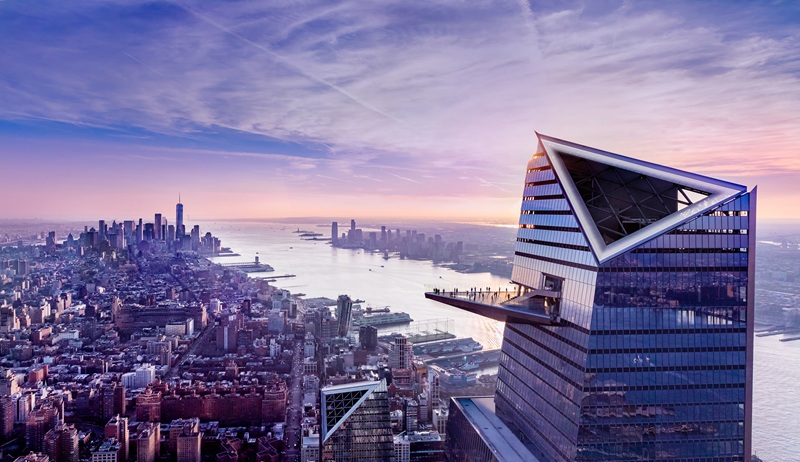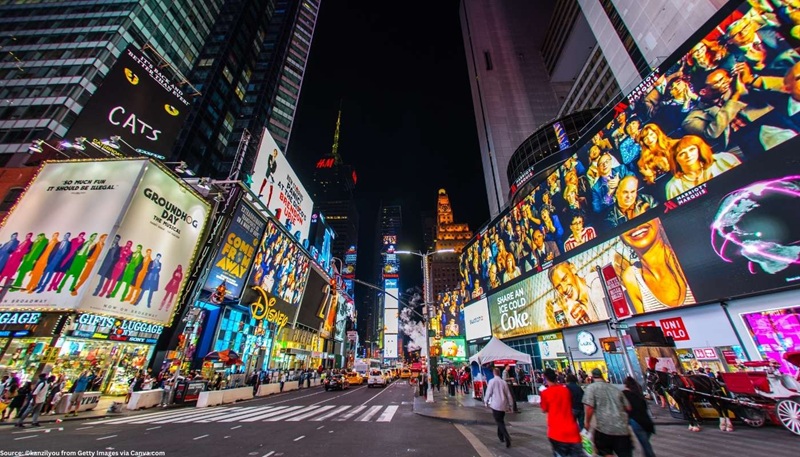
New York City, often called the “melting pot” of America, is one of the most culturally diverse places in the world. With over 8.8 million residents representing nearly every nation, ethnicity, and language, the city is a vibrant tapestry of cultures, traditions, and identities. Its diversity shapes its neighborhoods, cuisine, arts, and global influence, making New York a true microcosm of the world.
A City of Immigrants
New York City has long been a gateway for immigrants. From the late 19th to the early 20th century, millions passed through Ellis Island seeking a new life in America. Today, about 37% of New Yorkers are foreign-born, and over 200 languages are spoken within the city’s five boroughs.
Immigrant communities have profoundly influenced the city’s identity, with significant populations from Latin America, Asia, the Caribbean, Europe, and Africa. Each wave of immigration has added to the city’s rich cultural mosaic, creating unique enclaves and fostering cross-cultural interactions.
Neighborhoods as Cultural Hubs
New York’s neighborhoods reflect its diversity, with many serving as cultural hubs for specific communities:
- Chinatown: One of the largest Chinese enclaves outside Asia, Chinatown offers a mix of traditional markets, authentic cuisine, and cultural festivals.
- Harlem: Known as the birthplace of the Harlem Renaissance, this neighborhood is a center of African-American culture, music, and history.
- Little Italy: Once a haven for Italian immigrants, this area is a celebration of Italian heritage, food, and festivals like the Feast of San Gennaro.
- Jackson Heights: Often called the “most diverse neighborhood in the world,” this Queens district is home to residents from South Asia, Latin America, and beyond.
- Brighton Beach: Known as “Little Odessa,” this Brooklyn community is a hub for Russian and Eastern European immigrants.
Culinary Diversity
New York’s food scene is a testament to its multicultural character. The city is famous for its global cuisine, with restaurants, food trucks, and markets offering everything from authentic Ethiopian injera to spicy Szechuan dishes.
Some culinary highlights include:
- Bagels and Pizza: Iconic foods brought by Jewish and Italian immigrants.
- Dim Sum: A staple of Chinatown.
- Tacos and Arepas: Representing the vibrant Latin American influence.
- Halal Carts: Reflecting the growing Middle Eastern and South Asian communities.
The city’s annual food festivals, such as the Queens Night Market and Smorgasburg, showcase this culinary diversity.
Cultural Celebrations
New York’s calendar is filled with festivals and parades celebrating its cultural diversity, including:
- The Lunar New Year Parade: Held in Chinatown, marking the Chinese New Year.
- The West Indian American Day Carnival: A celebration of Caribbean culture in Brooklyn.
- The Puerto Rican Day Parade: Highlighting Puerto Rican pride along Fifth Avenue.
- Diwali Celebrations: Observed by the South Asian community.
- Juneteenth Events: Commemorating African-American history and freedom.
These events foster understanding, unity, and pride among the city’s communities.
Art and Cultural Institutions
New York City is home to world-class museums, theaters, and galleries that reflect its cultural diversity:
- The Museum of the Chinese in America (MOCA): Highlights the Chinese-American experience.
- El Museo del Barrio: Focuses on Latinx and Caribbean art.
- The Studio Museum in Harlem: Celebrates African-American artists.
- Asian American Arts Alliance: Promotes Asian-American contributions to the arts.
Broadway, Off-Broadway productions, and music venues like Carnegie Hall also bring global cultures to life on stage.
Challenges and Opportunities
While New York’s diversity is a strength, it also presents challenges, such as economic disparities and gentrification that threaten cultural enclaves. However, the city continues to strive for inclusivity, with initiatives that celebrate and protect its multicultural heritage.
A Global City
New York City’s cultural diversity is not just a point of pride but also a driving force behind its creativity, resilience, and influence. It is a city where cultures coexist and evolve, shaping a unique urban fabric that is as dynamic as the people who call it home.

